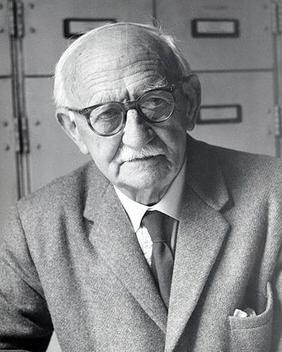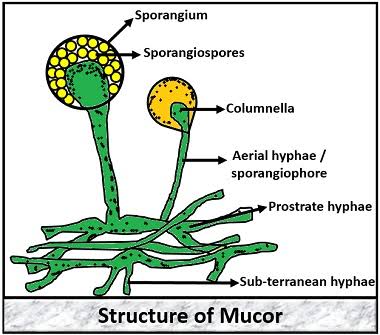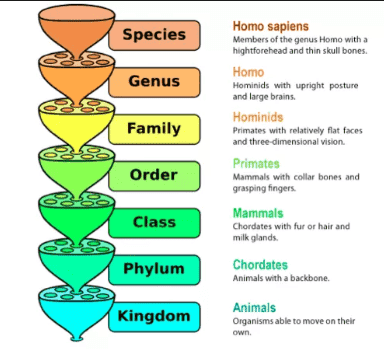Nucleus is the largest organelle in eukaryotic cells. It is surrounded by two membranes. Each one is a phospholipid bilayer containing many different types of proteins. The inner nuclear membrane defines the nucleus itself. In many cells the outer nuclear membrane is continuous with the rough ER and therefore the space between the inner and outer nuclear membrane is continuous with the lumen of the rough ER. The 2 nuclear membranes appear to fuse at the nuclear pores. These ring like pores are constructed of a selected set of membrane proteins and therefore the se act like channels that regulate the movement of drugs between the nucleus and the cytosolIn a growing or differentiating cell, the nucleus is metabolically active, producing DNA and RNA. The RNA is exported through nuclear pores to the cytoplasm for use in protein synthesis. In ‘ resting’ cells, the nucleus is dormant or inactive and minimal synthesis of RNA and DNA takes place. In a nucleus that is not dividing, the chromosomes are dispersed and not thick enough to be observed in the light microscope. Only during cell divisions the chromosomes become visible by light microscopy. Chromosomes form the physical basis of heredity. Genes, on the basis chemical heredity, are arranged in linear fashion on the chromosomes. A sub organelle of the nucleus, the nucleolus is definitely recognized under microscope . Most of the k ribosomal RNA of a cell is synthesized in the nucleolus. The finished or partly finished ribosomal sub units undergo a nuclear pore into the cytosol. The non nucleolar regions of the nucleus is called the nucleoplasm. It has very high DNA concentration. Lamins (Fibrous protein) form a two dimensional network along the inner surface of the inner membrane giving it shape and apparently binding DNA thereto . During the first stages of cellular division breakdown of this network occurs.
Source Wikipedia Functions of Nucleus
1. It controls all the metabolic activities of the cell by controlling the synthesis of enzymes required. 2. Nucleus controls the inheritance of characters from parents to offspring. 3. Nucleus controls cell division.
NUCLEUS
BIOLOGY 24/7
July 21, 2020

Genetic code | Definition, Characteristics, Table, & Facts
January 14, 2019

WHAT ARE CARBOHYDRATE?
November 14, 2019

HUTCHINSON SYSTEM OF CLASSIFICATION
January 26, 2019

BENTHAM AND HOOKER SYSTEM OF CLASSIFICATION
July 25, 2020

Thallus organization in fungi
January 11, 2019

Mucor mucedo - Biology 24/7
July 09, 2020

EVOLUTION OF SPOROPHYTES IN BRYOPHYTES
July 06, 2020
Follow By Email
Recent Posts
7/recent/post-list
Popular Post

WHAT ARE CARBOHYDRATE?
November 14, 2019

Genetic code | Definition, Characteristics, Table, & Facts
January 14, 2019

Thallus organization in fungi
January 11, 2019

HUTCHINSON SYSTEM OF CLASSIFICATION
January 26, 2019

CHARACTERSTICS OF FUNGI
January 11, 2019

powdery mildew of grapes
March 21, 2021

Intellectual property rights notes
December 03, 2022

Paddy blast | Paddy Blast Disease
June 25, 2021
Created By eaadhar | Distributed By Blogger Themes






0 Comments
If you have any query let me know.